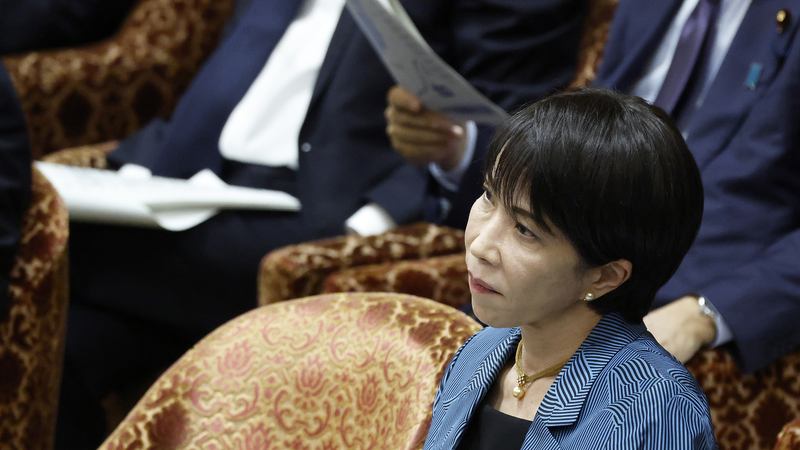In less than a month in office, Japanese Prime Minister Sanae Takaichi’s comments on a potential military crisis involving Taiwan have triggered a wave of official responses from the Chinese mainland. From diplomatic protests to stern military warnings, Beijing has made clear it sees any external interference in cross-strait ties as a red line.
November 7: At a Diet session, Takaichi warned that if vessels or force from the Chinese mainland threatened Taiwan, it could pose a survival-threatening situation for Japan. Under Japan’s collective self defense laws, this claim could justify deploying its Self Defense Forces.
November 10: Spokesperson Lin Jian of the Chinese Foreign Ministry issued a formal protest, stating Taiwan belongs to China and that resolving the Taiwan question is solely an internal affair. Lin demanded Japan stop interfering.
November 12: The State Council Taiwan Affairs Office voiced strong dissatisfaction and resolute opposition. Spokesperson Chen Binhua warned that anyone challenging China’s core interests will face an uncompromising response from the government, people and military.
November 13: The Foreign Ministry urged Japan to retract its provocative remarks or bear all consequences. Lin Jian emphasized that any forceful intervention in the Taiwan Strait would be met with resolute counteractions and called for Japan to repent for its war crimes.
November 14: Vice Foreign Minister Sun Weidong summoned Japan’s ambassador, stressing that the Taiwan question is an untouchable red line. The Ministry of National Defense added that any military interference by Japan could lead to a crushing defeat against the steel-willed People’s Liberation Army.
November 16: A China Coast Guard fleet patrolled the waters around Diaoyu Dao in a show of legal rights protection, according to a CCG statement.
As Tokyo and Beijing exchange escalating warnings, regional observers caution that the episode underscores fragility in Asia’s security architecture. For young global citizens, entrepreneurs and travelers, the standoff highlights how rapidly shifting diplomatic signals can ripple through markets, supply chains and travel plans. Keeping an eye on official statements and naval movements will be key in the days ahead.
Reference(s):
Timeline: China's response to Japanese PM's remarks on Taiwan
cgtn.com


